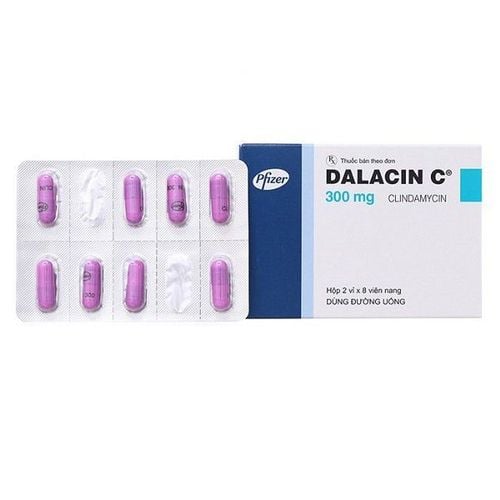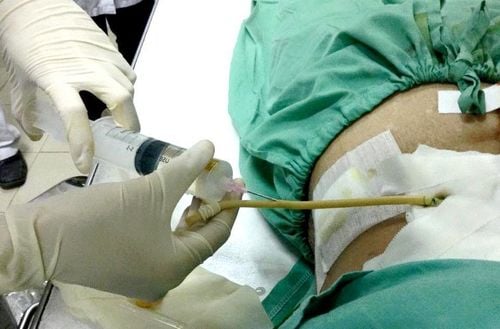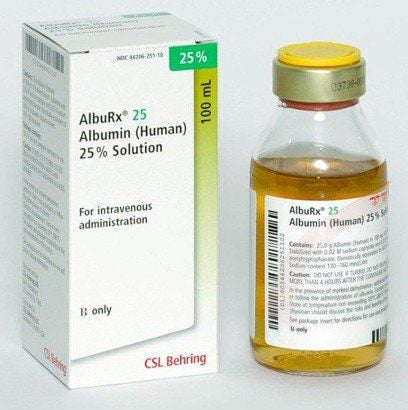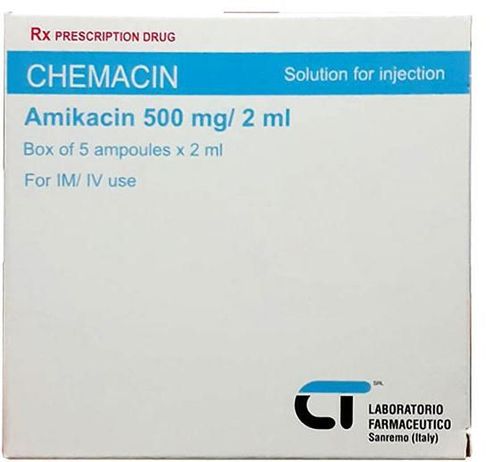This is an automatically translated article.
The treatment of pelvic peritonitis and adnexitis by laparoscopic method is increasingly popular. Laparoscopic surgery helps to limit complications, short incisions, fast recovery time and save costs for patients.1. What is pelvic and adnexal peritonitis?
Anatomically, the peritoneum is divided into 2 parts: parietal and visceral. The parietal leaf is also known as the parietal peritoneum, which coats the anterior, lateral, and posterior abdominal wall, the lower surface of the diaphragm, and the base of the pelvis. The visceral pleura, also known as the visceral peritoneum, covers most of the organs along the digestive tract including the liver, bile, spleen, pancreas, bladder, uterus, and female appendages.
Pelvic and adnexal peritonitis is an infection of the pelvic organs including the uterus, fallopian tubes, ovaries, pelvic peritoneum and nearby organs. Untreated inflammation will cause many acute complications such as tubal and ovarian abscess....
Peritonitis if not treated promptly can lead to death, with a rate of 60 - 70 %. The area of the peritoneum is very large, so the infection can spread and easily cause septic shock. Therefore, when there are signs of peritonitis, the patient needs to go to the hospital for timely diagnosis and treatment.

Viêm phúc mạc tiểu khung gây đau bụng
2. Symptoms of pelvic peritonitis and appendages
Symptoms of peritonitis are acute in nature, so they are widespread and easy to recognize. Symptoms include:
Abdominal pain: The earliest symptom and always present in peritonitis. The patient feels pain in the lower abdomen, the pain may radiate upwards. Vomiting, nausea Fever: Patient has a high to very high fever (39 - 40 degrees Celsius) Dry lips, dirty tongue, bad breath Rapid pulse, low blood pressure
3. Indications for laparoscopic surgery to treat pelvic peritonitis and appendages
Laparoscopic surgery for peritonitis of the pelvis and appendages is indicated in the following acute cases:
Adnexitis has been treated medically 48 - 72 hours Abscesses of the appendages need drainage or excision Remove Chronic Pelvic Inflammatory Disease, rupture of adnexal abscess and pelvic peritonitis Indications for surgery will not be possible for those whose health conditions do not respond to surgery (hemodynamic disorders, coagulopathy) or widespread peritonitis, systemic infection, or a history of surgery in the peritoneal cavity.
4. Laparoscopic surgical steps in the treatment of pelvic peritonitis and adnexitis
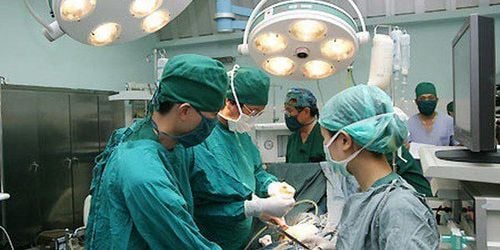
Phẫu thuật nội soi điều trị viêm phúc mạc tiểu khung
Step 1: Choc trocar and pump air into the abdomen Step 2: Observe the peritoneal cavity Step 3: Treat the cause Step 4: Clean the abdominal cavity Step 5: Place a drainage Post-operative patient needs proper care for quick health recovery and timely treatment of complications, if any. Some things that need to be done after surgery include:
Postoperative medical treatment based on antibiotics Monitor clinical symptoms and early detection of complications Take care of drains (if any) Take care of the patient Early action Like other surgical operations, surgery to manage pelvic peritonitis and adnexitis also carries a risk of some of the following complications:
Injury to hollow organs and blood vessels Injury to urinary tract, digestive tract and neighboring organs To help customers detect and treat other gynecological diseases early, Vinmec International General Hospital has a basic gynecological examination and screening package, helping customers detect diseases early, making treatment easy and inexpensive. Screening detects gynecological cancer (cervical cancer) early even when there are no symptoms.
Please dial HOTLINE for more information or register for an appointment HERE. Download MyVinmec app to make appointments faster and to manage your bookings easily.






